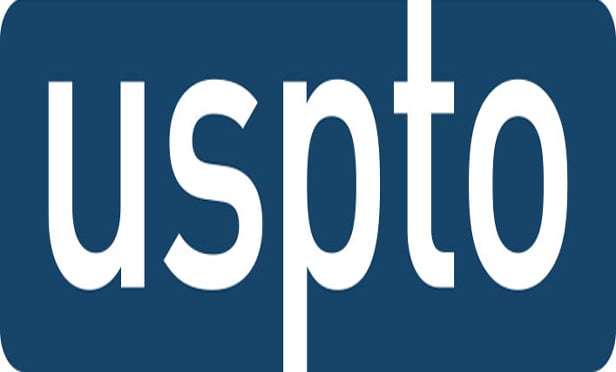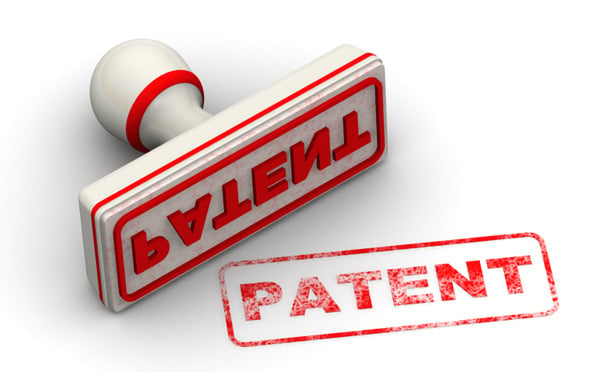Features

When Alice Leaves Software in Wonderland: Review the Terms of Use
That least-read contract — the Terms of Use — can be an effective (albeit the last) weapon in the arsenal of a company trying to protect unpatented software technology while providing on-line services.
Columns & Departments

IP News
SCOTUS Confirms that Secret Sales Continue to Qualify as Prior Art Under the AIA<br>New York District Judge Extends Estoppel Under §315(e) to Grounds Not Raised in Petition for <i>Inter Partes</i> Review
Features

The USPTO Brings New Guidance to the Section 101 Quandary
<b><i>Part Two of a Two-Part Article</b></i><p>USPTO Attempts to Provide Greater Clarity for Patent-Eligible Subject Matter
Features

Patent Eligibility Remains Uncertain — Especially for the Life Sciences — Even After Recent Federal Circuit Decisions and Efforts By the USPTO to Bring Clarity
Part One of a Two-Part Article Congress is empowered to create a patent system to promote the useful arts, and it has enacted laws to create a patent system that encourages innovation. Balancing that power, however, the courts in recent years have tried to rein in the scope of the patent right by limiting the scope of patent-eligible subject matter.
Columns & Departments

IP News
Obviousness-Type Double Patenting Does Not Invalidate Section 156 Patent Term Extension <br>Federal Circuit Holds Assignor Estoppel Does Not Apply in IPR Context<br>Federal Circuit Reverses District Court Holding of Patent Ineligibility of Computer Security Patent
Features

Further Guidance On Article III Standing To Appeal PTAB Decisions Coming Soon
How, if at all, can a non-injured party that challenges a patent before the PTAB and loses may then demonstrate Article III standing to appeal to the federal courts from the PTAB's decision upholding the patent's validity.
Features

The PTAB's New Claim Construction Standard: Will the Real Impact Please Stand Up
Beginning on Nov. 13, 2018, the USPTO will cease to apply the broadest reasonable interpretation (BRI) standard for newly-filed IPR, PGR, and CBM trials under the America Invents Act (AIA). Instead, the USPTO will begin "using the same claim construction standard that would be used to construe the claim in a civil action …."
Columns & Departments

IP News
Obviousness Determination Can Be Different for Apparatus and Method Claims<br>Petitioner “Bears the Burden” On Demonstrating Real Parties in Interest
Features

The High Bar for Challenging an Improperly Revived Patent
The recent <i>In Re Rembrandt Technologies</i> decision is a reminder of both the potential consequence of a patent holder's disingenuous assertion of unintentionality and the challenges that defendants face when raising the improper filing of a petition to revive a lapsed patent as a defense.
Features

Non-Traditional Trademarks: The Elusiveness of Branding a Trend
A look at several unique trademark cases where the plaintiff fashion brand proactively sought to invalidate a competitor's non-traditional trademarks, an action which reflects a push back on increasingly aggressive litigation tactics by fashion brands seeking to blur the lines between a non-protectable fashion trend and a protectable trademark.
Need Help?
- Prefer an IP authenticated environment? Request a transition or call 800-756-8993.
- Need other assistance? email Customer Service or call 1-877-256-2472.
MOST POPULAR STORIES
- Bankruptcy Sales: Finding a Diamond In the RoughThere is no efficient market for the sale of bankruptcy assets. Inefficient markets yield a transactional drag, potentially dampening the ability of debtors and trustees to maximize value for creditors. This article identifies ways in which investors may more easily discover bankruptcy asset sales.Read More ›
- Judge Rules Shaquille O'Neal Will Face Securities Lawsuit for Promotion, Sale of NFTsA federal district court in Miami, FL, has ruled that former National Basketball Association star Shaquille O'Neal will have to face a lawsuit over his promotion of unregistered securities in the form of cryptocurrency tokens and that he was a "seller" of these unregistered securities.Read More ›
- Compliance Officers and Law Enforcement: Friends or Foes?<b><i>Part Two of a Two-Part Article</b></i><p>As we saw in Part One, regulators have recently shown a tendency to focus on compliance officers who they deem to have failed to ensure that the compliance and anti-money laundering (AML) programs that they oversee adequately prevented corporate wrongdoing, and there are several indications that regulators will continue to target compliance officers in 2018 in actions focused on Bank Secrecy Act/AML compliance.Read More ›
- Structuring Strategies for Off-Balance-Sheet Treatment of Real Property LeasesThe Financial Accounting Standards Board released a new set of lease accounting standards, ASC 842, which went into effect earlier this year. Most significantly, publicly traded companies are now obligated to list all leases of 12 months or longer on their balance sheets as both assets and liabilities. Large private companies will follow suit in 2020.Read More ›
- Artist Challenges Copyright Office Refusal to Register Award-Winning AI-Assisted WorkCopyright law has long struggled to keep pace with advances in technology, and the debate around the copyrightability of AI-assisted works is no exception. At issue is the human authorship requirement: the principle that a work must have a human author to be eligible for copyright protection. While the Copyright Office has previously cited this "bedrock requirement of copyright" to reject registrations, recent decisions have focused on the role of human authorship in the context of AI.Read More ›
